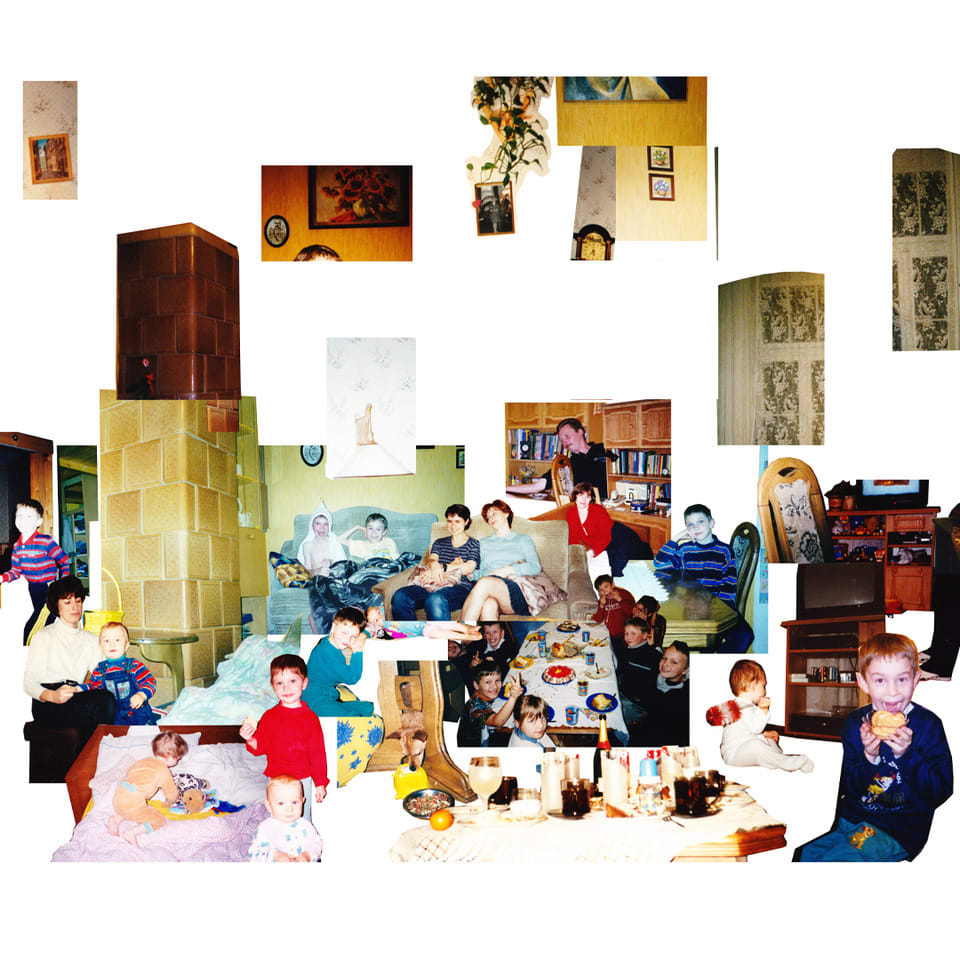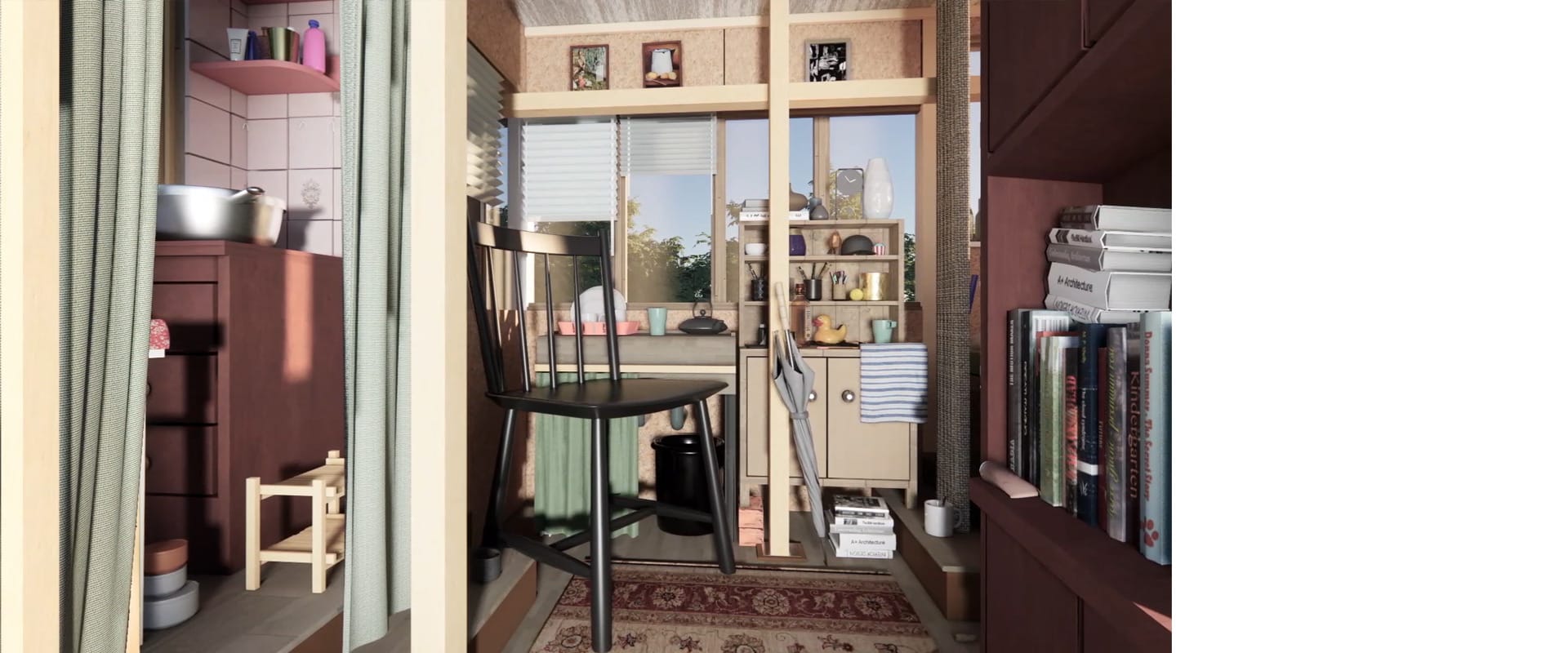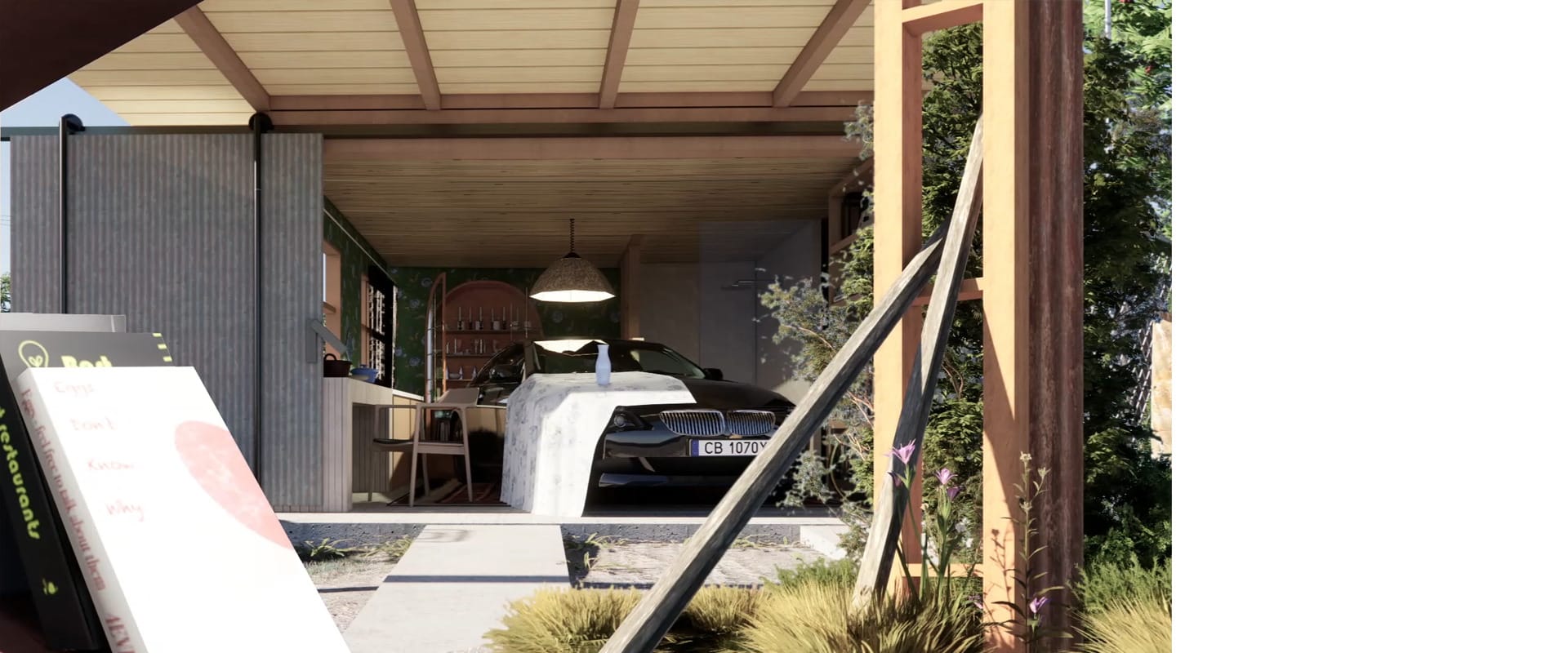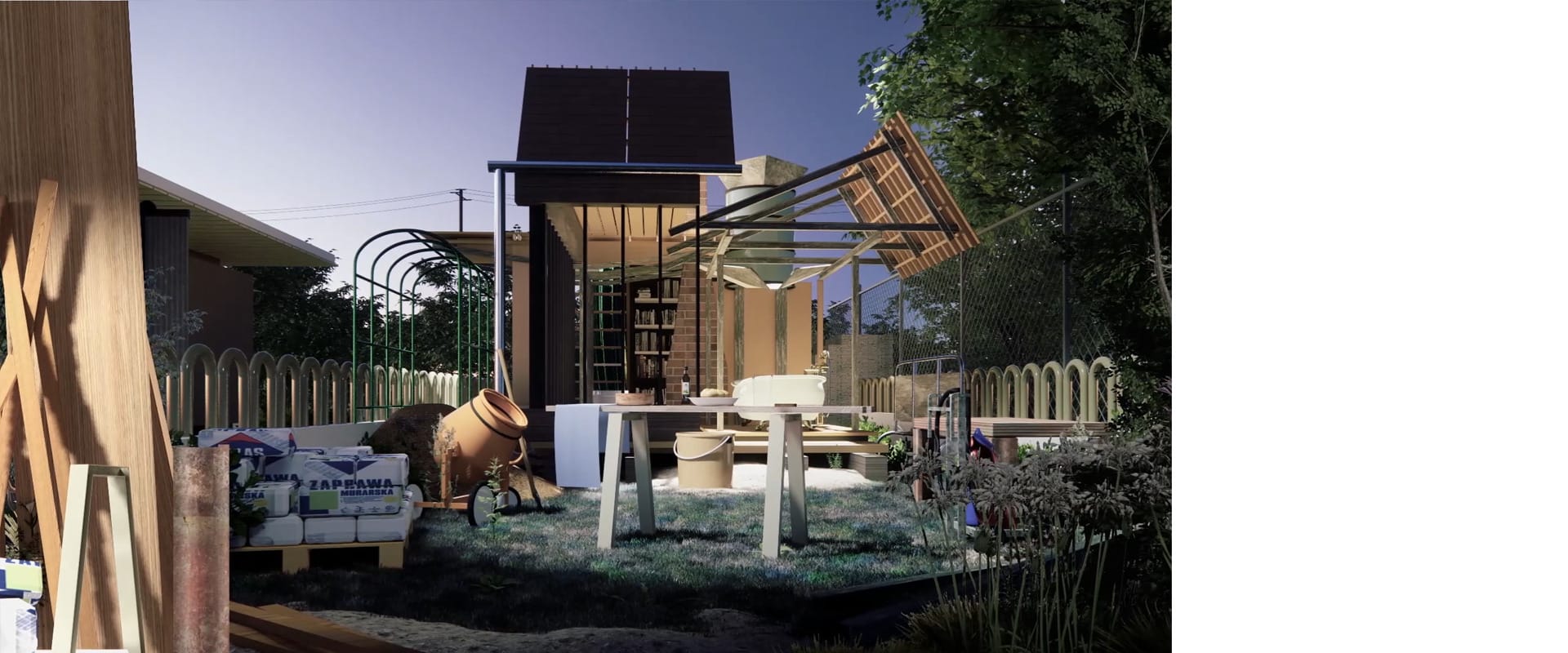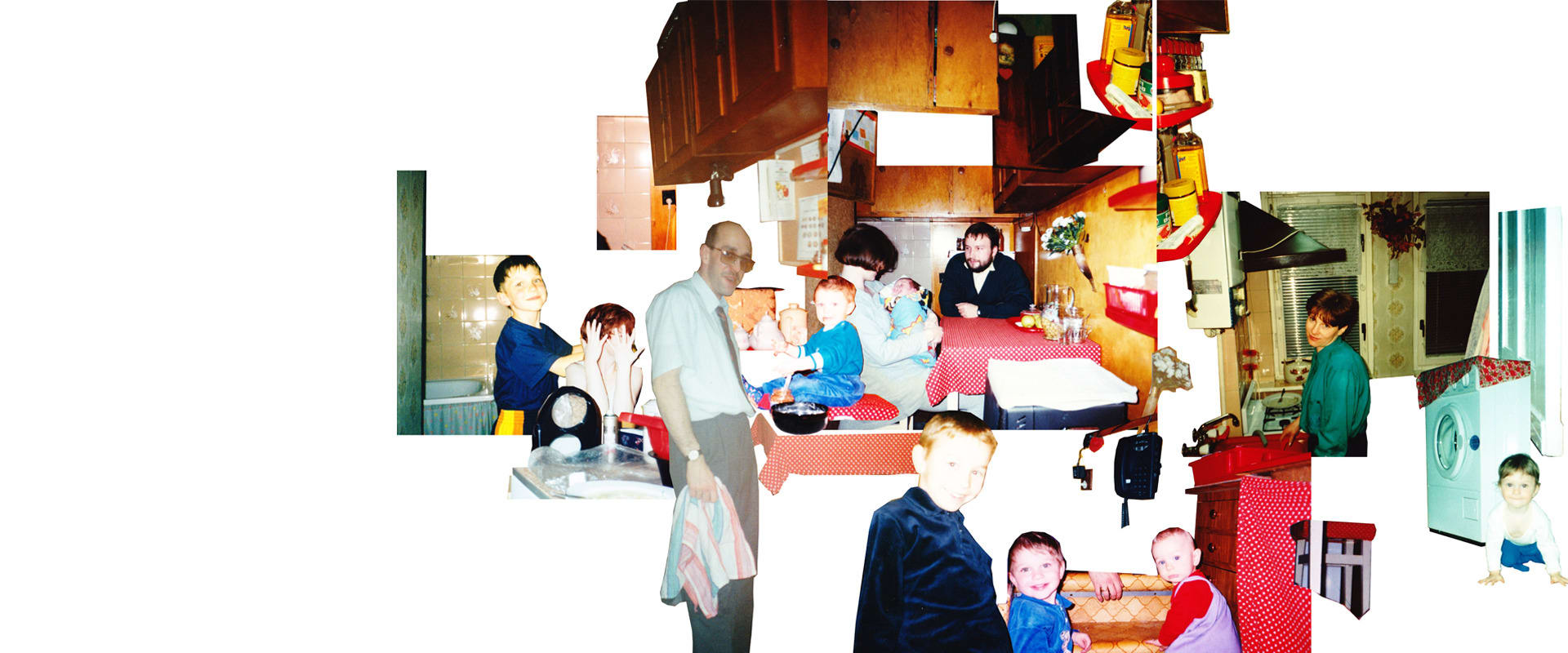Maciej has gained his BA at University of Edinburgh and subsequently joined MCM Architecture as architectural assistant working on a varied range of projects ranging from higher education facilities to commercial offices in the City of London.
During his time at RCA Maciej focuses his research on the exploration of socio-political struggles through the most mundane, often personal, investigations. Last year his first year’s project delved into the complex border condition of Croatia and Serbia facilitated by the ecological system of Danube river, to provide a different outlook on border conflict by investigation of vernacular architectures mediating the political and ecological landscapes.
In his practice, Maciej strives to combine technical excellence to visualise the immaterial background of his research, but takes pride in artistic depiction of the most immediate, timid environments where the projects unfold.

